7 Incredible Bogs From Around the World
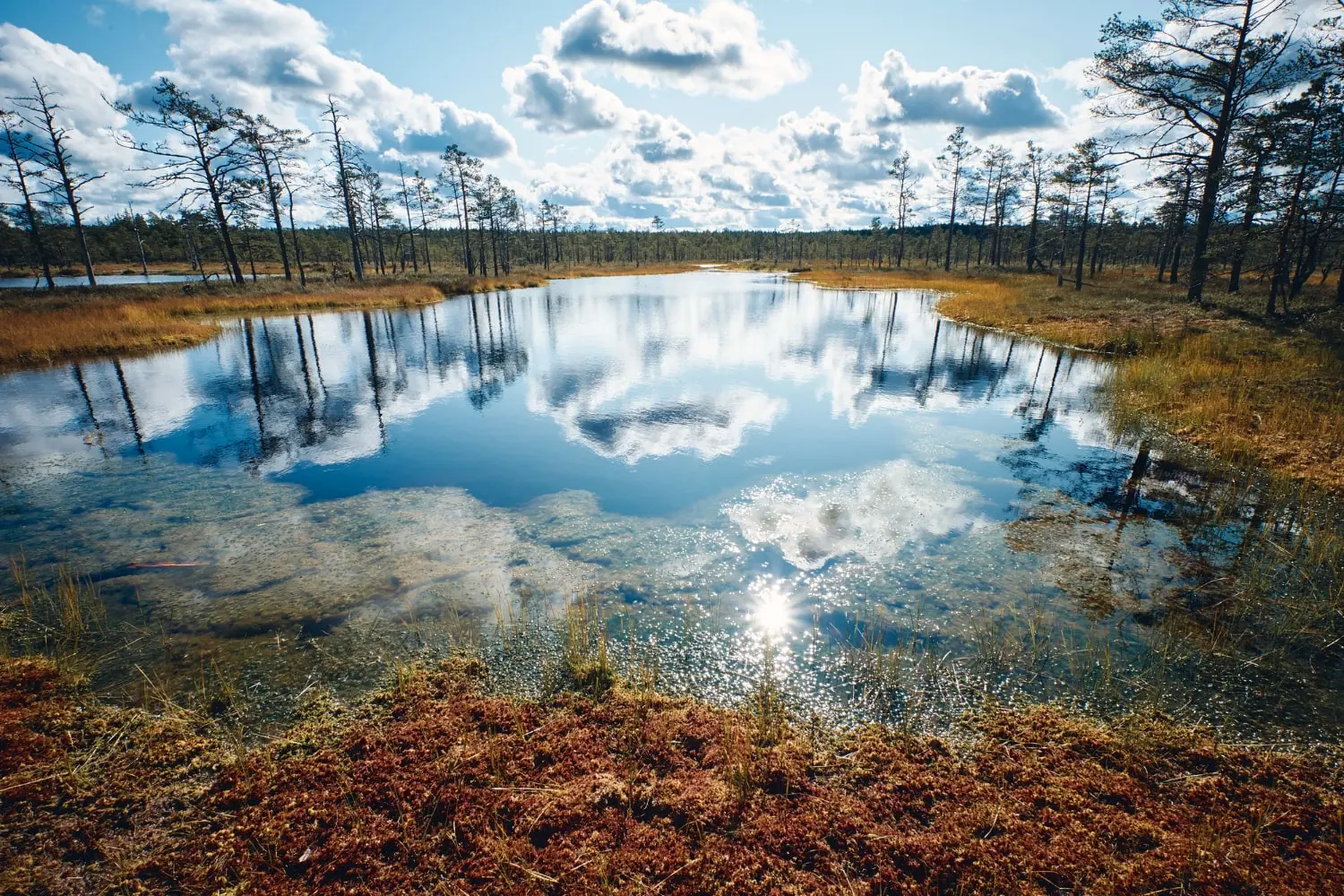
Updated On: November 08, 2023 by Ciaran Connolly
Bogs are some of the most vital ecosystems on the planet. These aquatic wonderlands are home to various flora and fauna, alluring people worldwide.
A bog is a type of freshwater wetland with soft, spongy ground made primarily of peat, partially decomposed plant material. Bogs frequently grow in lake basins with limited drainage that glaciers carved out during the most recent ice age.
All bogs evolve over hundreds or thousands of years. A peat bog is created when a lake gets filled with plant material. Other plants and sphagnum moss sprout from the lake’s edge, and the lake’s whole surface eventually gets covered in vegetation. Let’s check 7 of the unique bogs from around the world.
1. Kemeri Bog
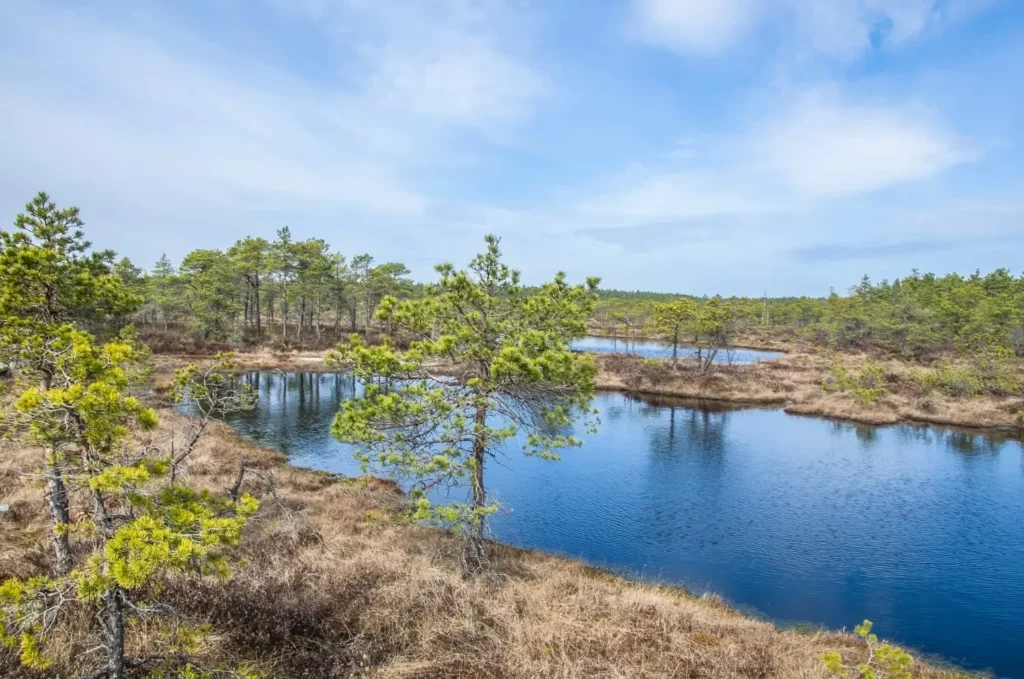
Location: Latvia, Northern Europe
Are you in love with nature? Head to Kemeri Bog, just 44 kilometres west of Riga, in the Kemeri National Park, to witness one of Europe’s natural wonders. According to Latvian folklore, many mischievous kids disappeared into the dark waters of the bog. Visitors can stroll the bog path, get to know the bog creation process, and enjoy the breathtaking sights of the surrounding lakes.
Latvians pay great attention to their bogs since they recognise their value for the country’s environment. They work on the bogs’ development by surrounding them with national parks. One of the significant improvements is the walkways’ construction to help people walk over the thick muck while being safe.
Visitors can travel along the boardwalk to a mossy pine tree, pick cranberries, and taste them starting in September. Get a good taste of nature while watching the sunset from a wooden observation tower.
2. Cranberry Bog, Carlisle
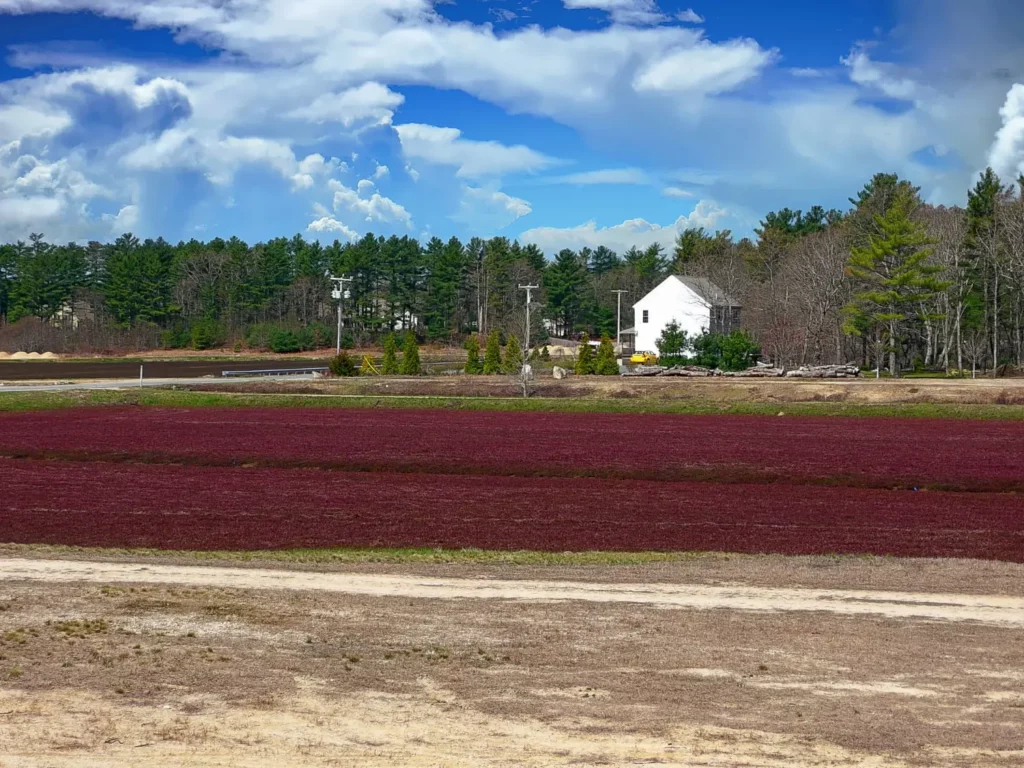
Location: Massachusetts, USA
Native Americans started cultivation in about 1816. The town of Carlisle bought 151 acres of property to create the Cranberry Bog in 1986. By the 1980s, the Lowell Cranberry Company owned the land, a portion of the 310 acres, which then moved to the property of Chelmsford. Since 1986, when Carlisle bought its section of 40 acres, they came up with agricultural laws organising the farming process with the local farmers.
This great bog in Massachusetts serves as both a natural preserve and a farm, as the area has an abundance of wildlife, including muskrats and foxes. Visitors can stroll any of the several trails available over the dike and enjoy the breathtaking views of the cranberries. The Lowell Cranberry Company is in charge of harvesting wild cranberries every autumn. The local government looks after a nature reserve and trails for the rest of the year.
It’s incredible to see the vivid red berries floating in the bog. The region is abundant in birds and wildlife; beaver, fox, muskrat, mink, and otters are frequently seen. Other frequent visitors include swallows, bobolinks, herons, and spotted sandpipers.
A fantastic network of trails covers the Carlisle Cranberry Bogs, the gas pipeline, River Meadow Brook, and the farm roads. The latter are the most noticeable and used trails in Carlisle. The gas pipeline is a wooden trail, while the River Meadow Brook crosses Curve Street offering stunning views.
3. Waen Rhydd Bog
Location: Wales
Waen Rhydd Bog hosts the World Bogsnorkelling Championship in central Wales over the August Bank Holiday weekend. It draws thousands of people worldwide. Around 130 thousand athletes competed in this strange competition from different countries worldwide.
There are two competitions to choose from: the Bog Triathlon and the Bogsnorkellers. The rules and regulations for the Bog Triathlon are to run for eight miles, ride a bike for 12 miles in a mountain, and finally snorkel in the 60-yard bog trench. As for Bogsnorkellers, competitors need to swim the lengths of the 55-metre trench back and forth as fast as possible.
In 2014, English swimmer Kirsty Johnson recorded one minute and 22 seconds, while Neil Rutter recorded 18 seconds in 2018. If you are not into the competition, you can take part in a fancy dress competition and set your imagination free to win it.
4. Cuvette Centrale
Location: the Republic of the Congo and the Democratic Republic of Congo
A group of British and Congolese scientists discovered Cuvette Centrale in 2017. It takes almost a week to get to the bog from the nearest town. It stretches to 145,500 square kilometres, making it the world’s largest tropical peatland.
Although it is too far, there are fears about exploration as the wetlands hold three years of all anthropogenic CO2 emissions. However, the remote location of the bog affected the placing regulations to protect the region. Being one of the carbon-rich ecosystems, the complex has a diversity of vegetation and fauna. It is also home to various endangered animals, including bonobos and lowland gorillas.
Actions taken to protect this wetland include:
- The Brazzaville Declaration
- The Ramsar Convention
- The Green Climate Fund
5. Lahemaa Bogs
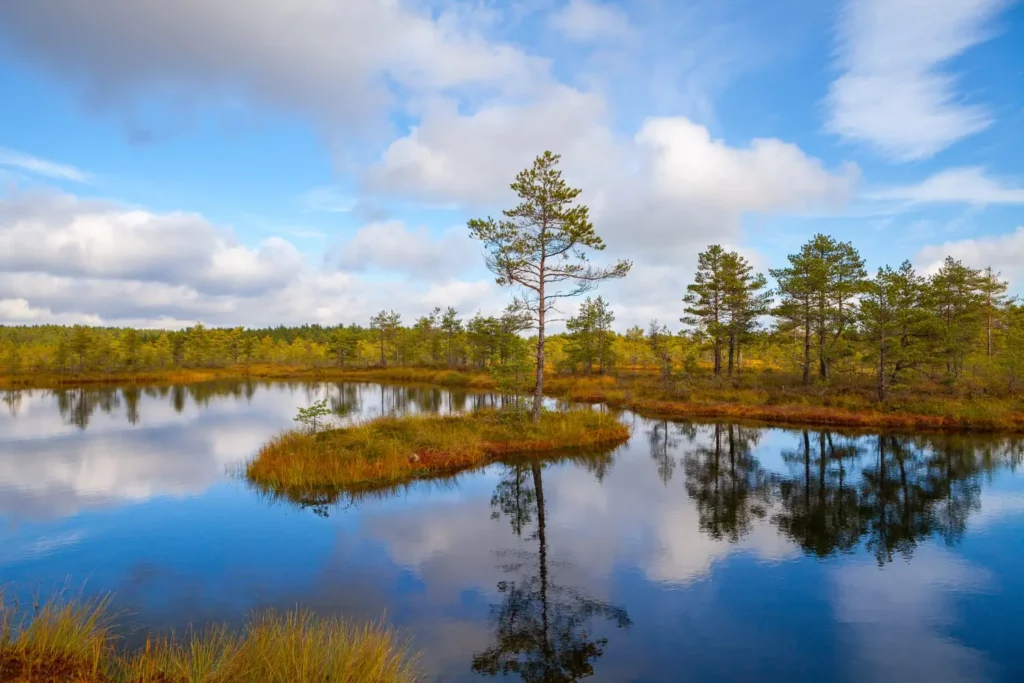
Location: Estonia
Bogs are an essential part of Estonia’s culture. They make up more than a fifth of the country and 3,425 hectares of the Lahemaa National Park. It is a very soft soil, basically moss. Bog corpses have been found as the bodies did not decompose. Everything in the body, including teeth, clothes, and arms, are intact.
Bogs helped Estonia for a thousand years to survive and to escape dangers, like the 50th and 60th fights against the Soviets. The Soviet tanks and war machines could not come closer. So, it was a kind of safe ground.
The region is supported by a wooden path placed by the government to protect the bog and the plants. As some of the plants are very old, laws and national reservations were made to protect the bogs. Visitors and locals are not allowed to make any changes to the wetlands.
In Estonian culture, bogs are linked to spirits and ghosts. If you are brave enough, you can go swimming as the water is rich with chemical components to soften your skin.
6. Bjaeldskovdal Bog
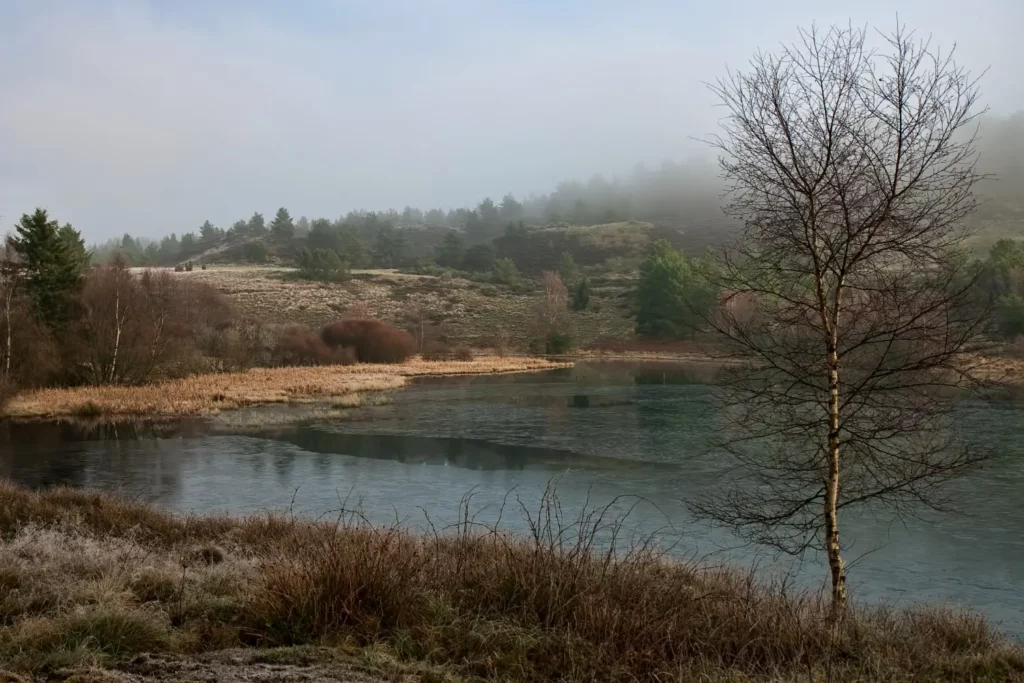
Location: Denmark
Bog bodies do not decompose due to the bogs’ particular physical and chemical composition, which is a natural phenomenon. Kohlberg’s body, a 25-year-old Danish woman, is the oldest found bog body. Tollund Man was also discovered in 1976 and is one of the most renowned bog bodies in the world.
The bog body of Tollund Man was found near the Bjaeldskovdal bog, 10 kilometres from Silkeborg. A few slender trees and a wooden post mark the location of the Tollund Man. The body is still on display at Silkeborg Manor. Although the colour of most bodies’ hair is red, scientists can not figure out the actual colour of the hair. So, Why the hair colour of the bodies is red? According to scientists, this colour is due to chemical interaction in the water. The Bjaeldskovdal bog is essentially little more than a mossy carpet.
7. Monadh Mor
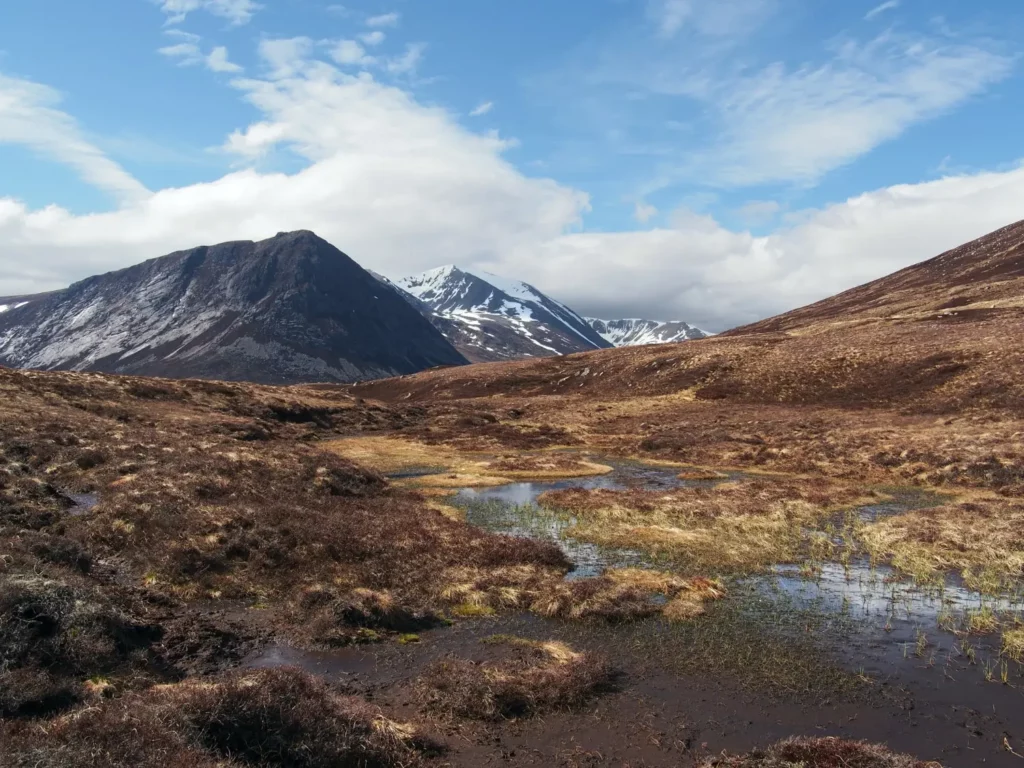
Location: Scotland
More than a million hectares of bogland can be found in the heart of the wild Cairngorms. Scotland. Bogs are one of Scotland’s best places that have survived millennia of woods coming and going and have played a significant role in Scottish culture. Bog flora is the source of the colour used in Scottish Tartan, while bog water gives Scotch whisky its unique peaty flavour.
One of the best locations in Scotland to witness rare bog woods is Monadh Mor, located just north of Inverness and classified as a Site of Special Scientific Interest (SSSI). The woodland, heathland, peatland, and swamp ecosystems previously more abundant along the Black Isle’s central spine can still be found in Monadh Mor. The four-mile walk there will lead you past mature Scots pine and birch trees that co-exist in a balanced connection.
It is unusually abundant in plant and animal species, making it a great area to see damselflies and dragonflies in the summer from the public footpaths near the ponds. Tall sedge species like bottle sedges and rushes dominate the vegetation in the highly moist bogs. It is also confirmed that toads live in certain areas of the bog.
Bogs are among the most important ecosystems in the world, and they are definitely worth a visit. Have you decided on your next nature travel?






